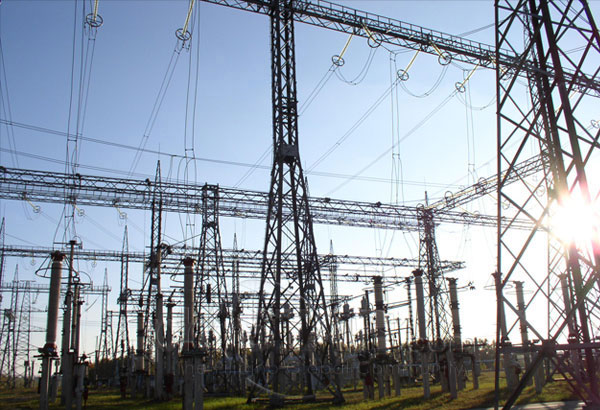Lessons from Cape Town

CAPE TOWN, South Africa – This sun-stippled port city, known as the French Riviera of South Africa, lies in a sprawling peninsula beneath the imposing Table Mountain and is as charming as it can be. Mornings are quiet and quaint – you’ll hear nothing but the chirping of white seagulls flying above your hotel’s courtyard and the faint roar of engines of multicolored ships at the city’s famed Victoria Wharf. During bustling afternoons, a giant Ferris wheel is backlighted by the setting crimson sun and at night, the cityscape transforms into a dark canopy bedecked with glittering lights as far as the eye can see. The cobblestoned streets are lined with restaurants where you can have the best oysters in the world. And the wharf, named after the tempestuous Queen Victoria of England, will seduce you the way your lover does with its stunning view of the magnificent seascape.
Cape Town, touted as the world’s most beautiful city, no doubt lives up to its reputation. But there is a huge problem threatening this city’s future and it’s a serious one – water scarcity.
Experiencing the water crisis here, I realized just how much we’ve taken water for granted.
Surviving Day Zero
The enormity of the problem will hit any visitor upon landing at the Cape Town International Airport. There’s no lack of warnings about the water shortage. And those oblivious to the signs will come face to face with the problem inside the restrooms at the airport because there is no running water.
Instead, there are dispensers with hand sanitizers for one’s sanitary needs.
The same is true even in the city’s best restaurants. At Cape Point, the popular tourist spot, visitors dining at the famous Two Oceans restaurant will also see that there are a lot of toilet papers and hand sanitizers in the restrooms, but there’s no running water.
In the hotels, there are no plugs in the tub to prevent visitors from soaking in baths as this consumes a huge amount of water. The water pressure has been lowered and the amount of water for toilet flushing has been drastically reduced.
There are also hourglasses in the bathrooms to promote two-minute showers. I tried my very best to limit mine to just one minute. I succeeded most of the time except once – a minute and just a few seconds more. These measures are only optional, but a sign in the bathroom says it all: “It’s optional, but it’s the right thing to do.”
Linens are also changed only once every three days or as needed, and the swimming pool is only open for a limited time.
In all, the daily use of water has been limited to 50 liters per person.
Indeed, the problem of water scarcity here is serious. It was brought about by the drought, which struck the city as far back as 2015, although the warning signs of a water crisis had been there since the 1990s.
Water from Cape Town comes from six major dams in mountainous areas close to the city and the dams are recharged by rain falling in their catchment areas, largely during the cooler winter months of May to August.
But there are not enough additional sources of water to catch up with the growth of the population.
Cape Town’s population is projected to grow to 4.3 million this year from 2.4 million in 1995, representing a 79 percent population increase in 23 years, according to an article on Groundup.Org by Trevor Bohatch.
Against this backdrop, dam water storage only increased by 15 percent in the same period, the article also said.
Because of the water crisis, the city implemented a water consumption management and also warned of a Day Zero – the day when the city will cut the regular flow of water.
Day Zero was supposed to happen in April, and then in July, but officials now said Day Zero would not take place until 2019 because the situation became more manageable.
Lessons for the Philippines
There are lessons to be learned from Cape Town’s water problem and the most important one is that it can happen to us.
The sign in the bathroom at Cape Town’s Commodore Hotel encouraging people to save water really struck me: “It’s the right thing to do.”
Experts said the Philippines would likely experience a severe water shortage by 2040 due to the combined impact of rapid population growth and climate change.
The USAID has also noted how a number of cities such as Zamboanga, Cebu and Iloilo have in recent years resorted to water rationing.
There are already warning signs. Metro Manila’s two water concessionaires already have an issue over water allocation from Angat Dam. And there are times when water pressure is low.
Bless the rains in Africa
It rained on my last day here. Residents were so happy to hear the splattering of rain on their rooftops. But the water saving measures will continue.
Halfway across the world in Manila, the situation is starkly different. Many of us just use water carelessly. But we shouldn’t. Like here in Cape Town, our dams may dry up, too. And it won’t be easy.
Iris Gonzales’ e-mail address is [email protected]
- Latest
- Trending






























